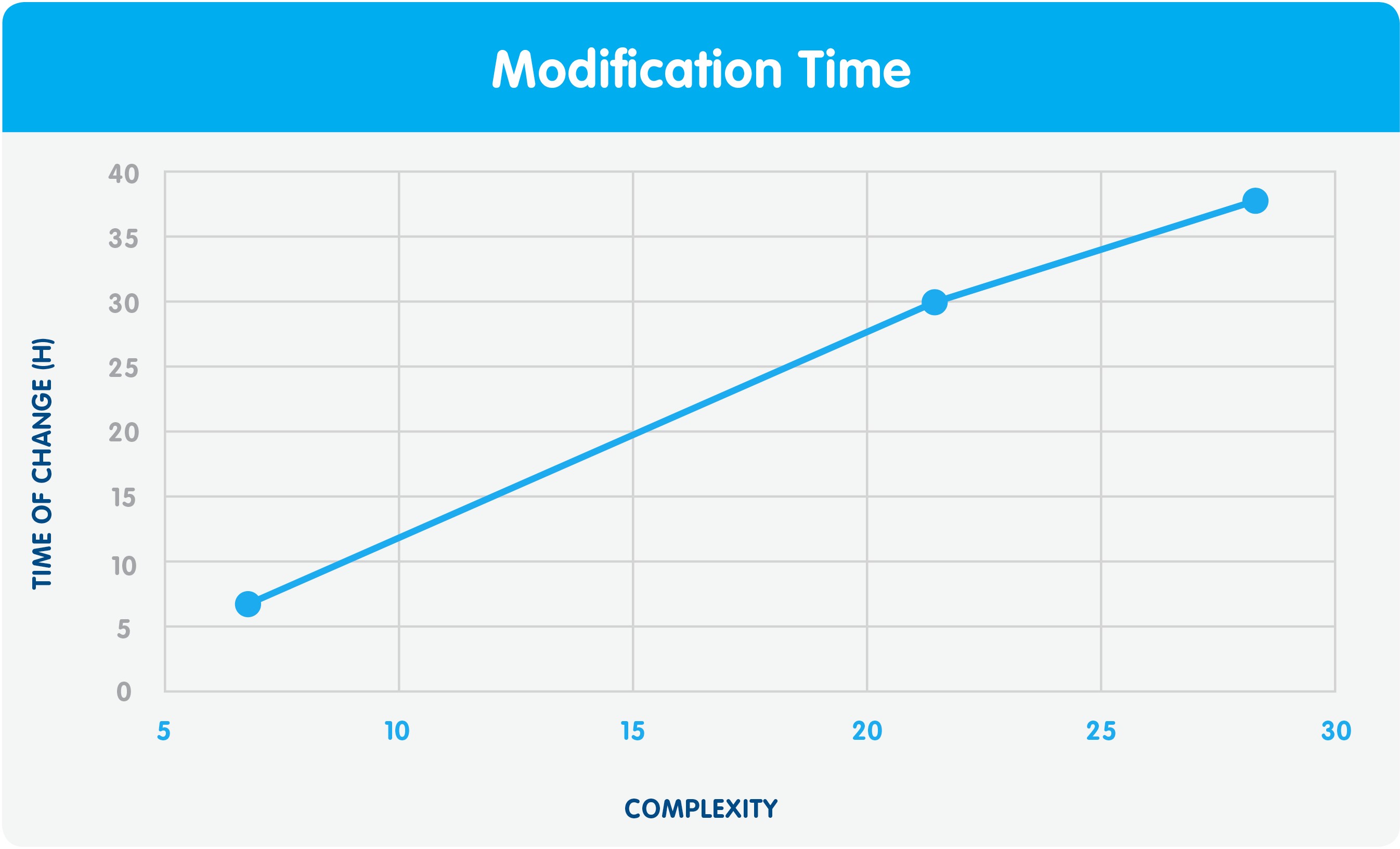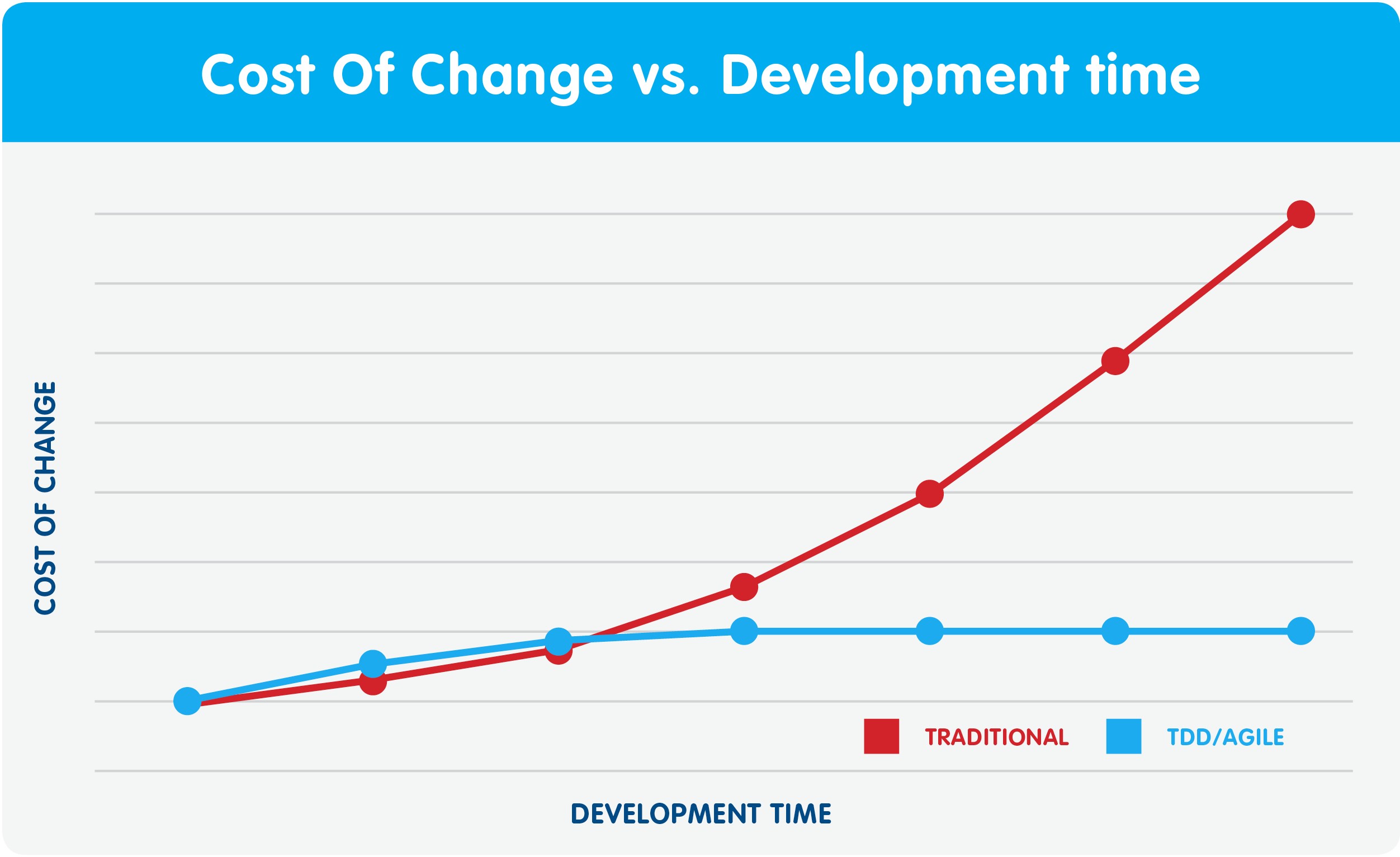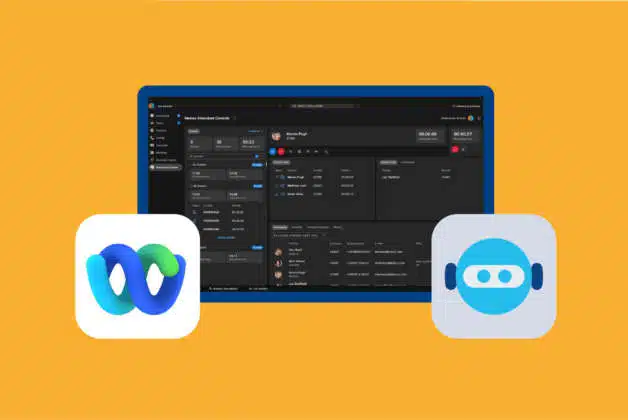Every tech company should write tests when they build software or apps. Yes, it takes time, and yes, it's hard at first, but well-written tests may be your one and only parachute when you're falling into the tangle of bugs. This is my goal today: give you a useful example to help you spend all the time you wasted on debugging in a different (and probably much funnier) way.
How much time do you spend debugging your code?
TDD: real-life usage example.





Wrapping up.
We’ll be happy to test your curiosity.
#stayimagicle
You might also be interested in…
-
Products BlogCloud or Dedicated Cloud. What’s best?Cloud or Dedicated Cloud. What’s best?You're migrating to the Cloud and you need to choose between a public or private instance? This article will help you.
-
Customer success BlogCustomer success: what it means and benefits.Customer success: what it means and benefits.Customer success: what is it and why it matters? Discover why it's important to have dedicated resources.
-
Download
Brochure BlogAre my communications safe in the Cloud? Imagicle Cloud Security BrochureAre my communications safe in the Cloud? Imagicle Cloud Security BrochureAre your communications safe in the Cloud? If you choose Imagicle, the answer is yes. Discover why.




 Riccardo Viviani
Riccardo Viviani
0 Comments